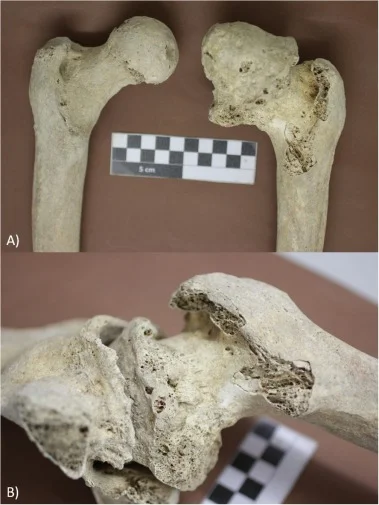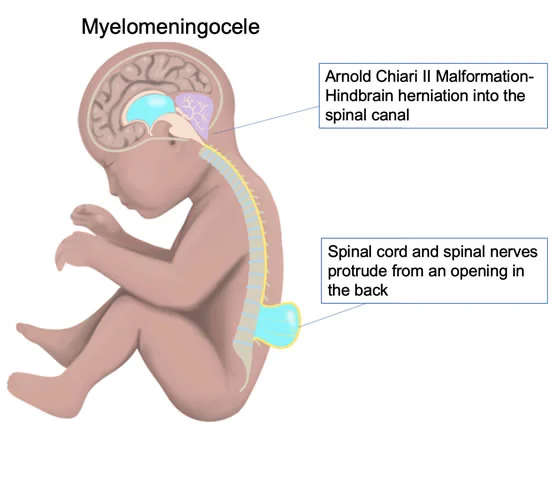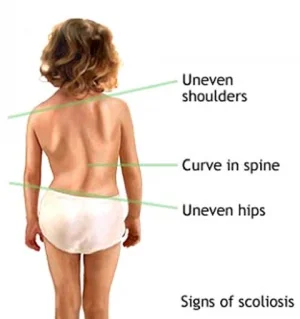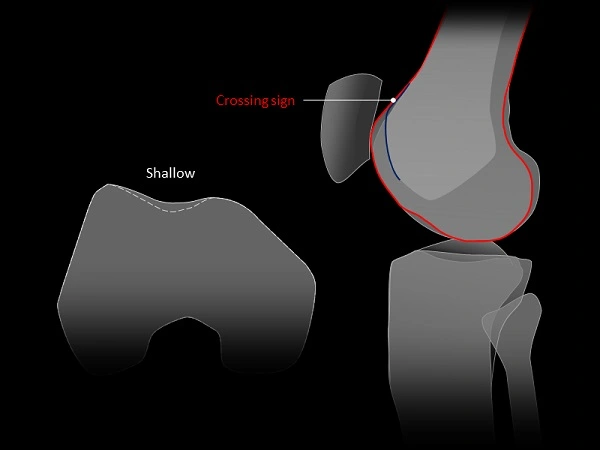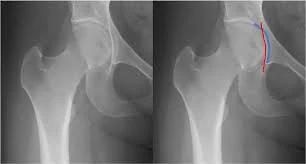Coxa Magna
Table of Contents
What is Coxa Magna?
Coxa magna is a medical term used to describe an enlargement or hypertrophy of the hip joint’s femoral head (the ball-shaped part of the femur bone) and neck. “Coxa” refers to the hip, while “magna” means large or great in Latin.
Coxa magna can occur as a congenital condition, meaning it is present at birth, or it can develop later in life due to various factors. It is often associated with certain developmental or structural abnormalities of the hip joint, such as hip dysplasia or slipped capital femoral epiphysis (SCFE).
In individuals with coxa magna, the enlarged femoral head and neck can cause mechanical problems within the hip joint. This can lead to hip pain, limited range of motion, difficulty walking or running, and hip instability. It may also increase the risk of developing degenerative joint conditions like osteoarthritis later in life.
- Coxa magna refers to the situation in which the head is greater than that on the usual unaffected side. It is a typical sequela in Legg–Calve–Perthes and is the conformation of an imperfectly controlled, yet somewhat hyperactive repair process. Coxa magna can only happen from an excess of repair because the cartilage model grows too large than its expected size.
- The articular and adjacent epiphyseal cartilage at the superior weight-bearing side of the head continues to grow through the diffusion of nutrients from the synovial fluid. The synovial fluid does not look to be diminished by the pathoanatomic process; in fact, it would look that the continuation of the usual synovial diffusion nutritional source is supplemented by the stimulation from the excessive blood supply brought into the hip area during the repair process to yield a greater mass of tissue than anyway would have been present.
- There can be 2 probable types of coxa magna: 1 with no long-term negative result or the other with more significant long-term consequences. In the 1st situation, the growth of the acetabulum may correlate with that of the femoral head in that the femoral head–acetabular relationship remains congruent and does not conduct to long-term problems.
- The coxa magna is connected with a still spherical head. Long-term problems start when the growth of the femoral head disarranges that of the acetabulum and the head not only is large in relation to the acetabulum but is misshapen in that it connects imperfectly to the acetabulum. The size and shape of the cartilage model of the femoral head can be evaluated by arthrography and magnetic resonance imaging (MRI).
Etiology
- Legg-Calve-Perthes disease
- transient synovitis of the hip,
- developmental dysplasia of the hip,
- trauma,
- Septic arthritis/osteomyelitis
- Juvenile rheumatoid arthritis
- chronic slipped capital femoral epiphysis.
Symptoms:
- Hip pain: Individuals with coxa magna may experience persistent or intermittent pain in the hip joint. The pain can be dull or sharp and may worsen with activity.
- Limited range of motion: Enlargement of the femoral head and neck can restrict the hip’s normal range of motion, making activities like walking, running, or bending difficult.
- Hip instability: Coxa magna can lead to hip instability, causing a sensation of the hip joint “giving way” or feeling unstable during movement.
- Limping: Due to pain and reduced mobility, individuals with coxa magna may develop a noticeable limp while walking or running.
Diagnosis:
- Physical examination: A healthcare professional will examine the hip joint, looking for signs of enlargement, limited range of motion, instability, and any associated pain or discomfort.
- Imaging tests: X-rays, magnetic resonance imaging (MRI), or computed tomography (CT) scans can provide detailed images of the hip joint, revealing the extent of femoral head and neck enlargement, as well as any associated structural abnormalities.
Treatment:
Conservative treatment
Non-surgical options may include physical therapy exercises to improve hip strength and flexibility, pain management with medications, activity modification, and the use of assistive devices like crutches or canes.
Surgical Treatment
Severe cases or cases with persistent symptoms may require surgical treatment. Procedures may include hip osteotomy, which involves reshaping or repositioning the hip joint, or total hip replacement, where the damaged joint is replaced with artificial components.
It’s important to note that the specific treatment approach will depend on individual factors, such as age, overall health, the underlying cause of coxa magna, and the severity of symptoms.
Summary
Coxa magna is an enlargement or hypertrophy of the femoral head and neck in the hip joint. It can be present from birth or develop later in life due to various factors. Symptoms include hip pain, limited range of motion, instability, and a noticeable limp. Diagnosis involves physical examination and imaging tests.
Treatment is conservative measures or surgical intervention. Exercise, tailored to individual needs, may include a range of motion exercises, strengthening exercises, and low-impact aerobic activities. Consulting a healthcare professional is essential for personalized guidance.
FAQs
Coxa magna is probably due to a period of relative hyperemia of the capital femur epiphysis between two (2) and eight (8) years of age. The peripheral cartilage of the metaphysis & epiphysis proliferates as a response to reactive hyperemia secondary to synovitis.
Coxa magna is the asymmetrical, circumferential enlargement or deformation of the femoral head and neck. Definitions in the literature vary yet enlargement with asymmetry >10% in size is a reasonable cut-off for diagnosis.
coxa magna: inflamed femoral head or coxa plana: vertical femoral head (osteochondrosis) of the capitular epiphysis of the femur.

